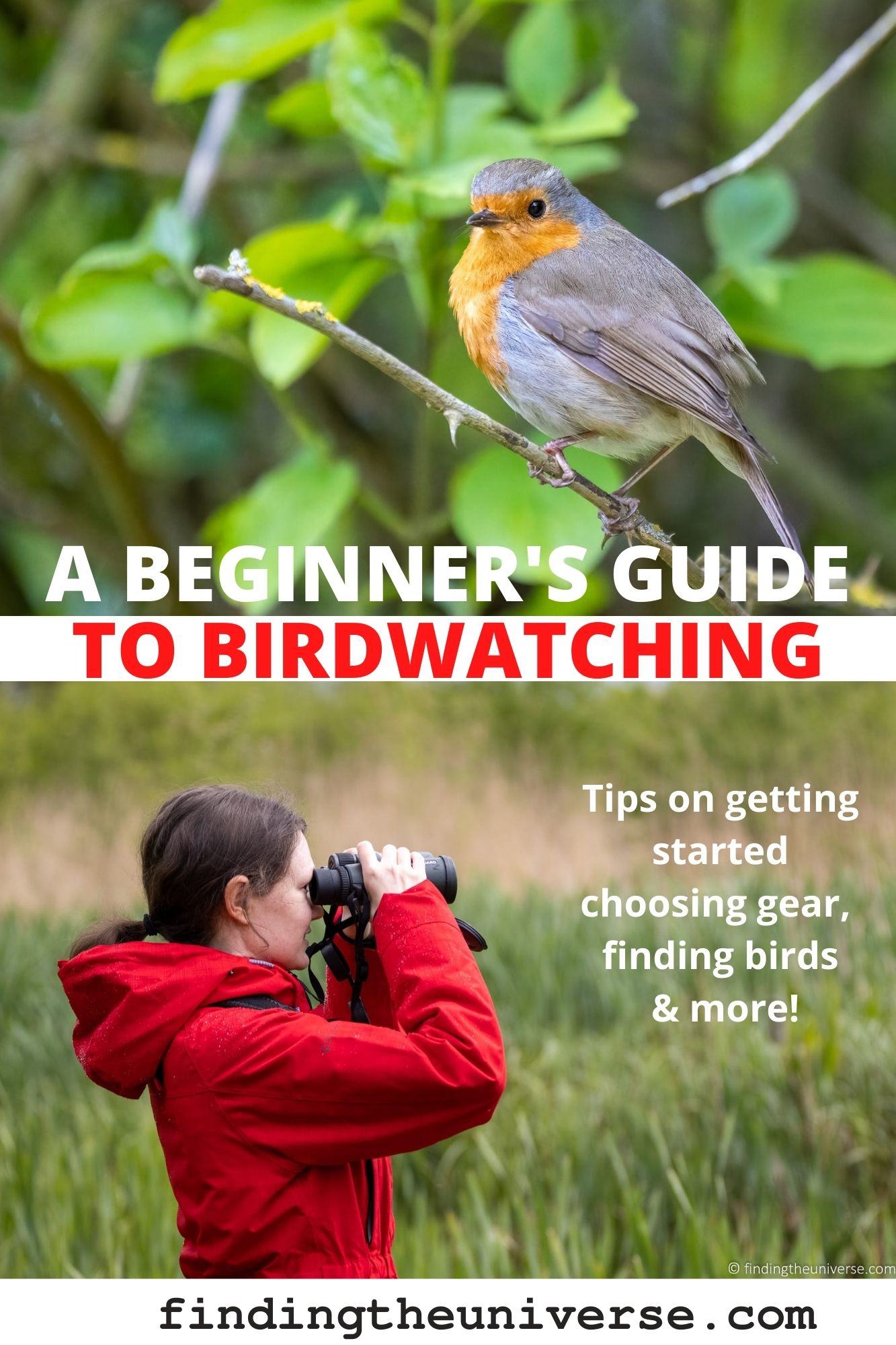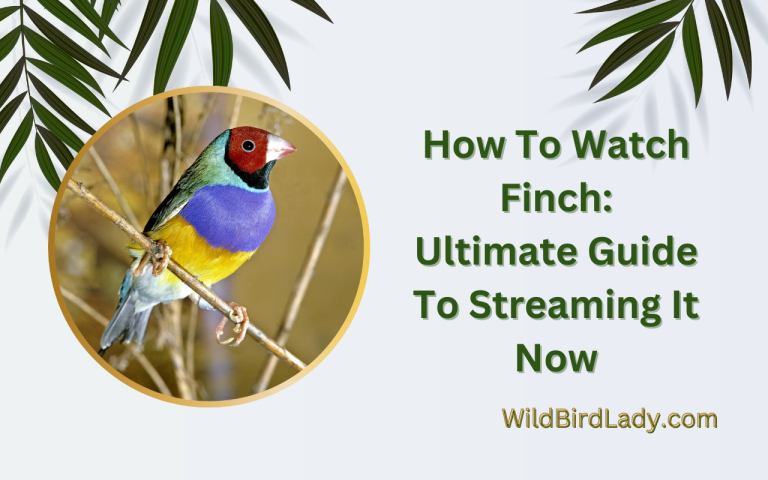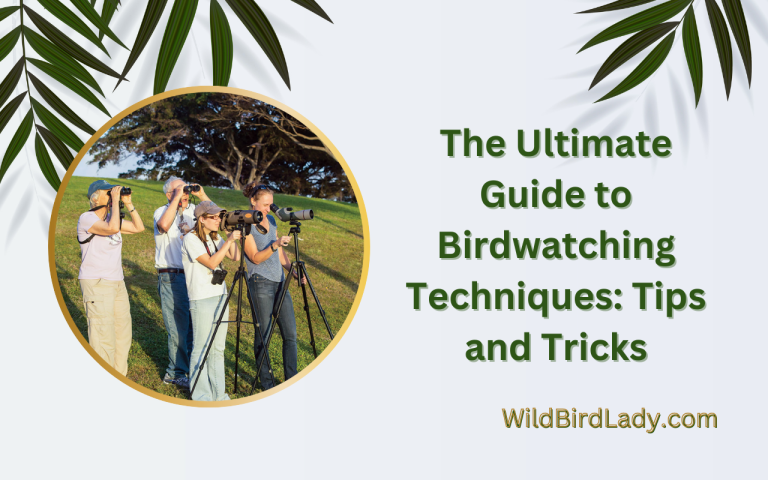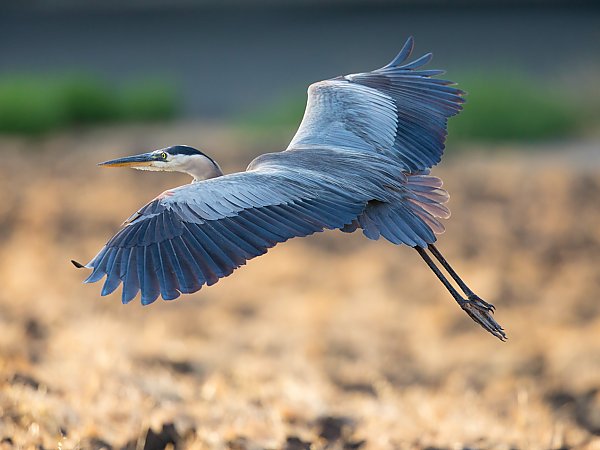Birdwatching Tips for Beginners: Get Closer to the Birds!
Beginners in birdwatching should invest in a good pair of binoculars and a bird guidebook. Birdwatching requires patience, persistence, and the ability to observe and identify different bird species in the wild.
Birdwatching is a popular activity that involves observing and identifying birds in their natural habitat. Whether you’re looking to relax, connect with nature, or just learn something new, birdwatching is a great way to spend your time. To get started, you’ll need a few key tools: a good pair of binoculars, a bird guidebook, and a willingness to be patient and persistent.
With these simple tips for beginners, you can begin your journey into birdwatching and discover the beauty and diversity of the natural world around you.
Credit: www.findingtheuniverse.com
Finding Your Spot
The Best Places To Go Birdwatching
Are you wondering where the best birdwatching spots are? Well, lucky for you, we got you covered! Here are some of the top places to go birdwatching, according to the experts:
- National parks and wildlife refuges
- Wetlands and marshes
- Forests and woodlands
- Coastal areas and beaches
- Open fields and farmlands
- Urban parks and gardens
How To Research And Plan A Birdwatching Trip
Planning a birdwatching trip may seem daunting, but with the right resources and tools, it can be a breeze. Here are some tips for researching and planning your birding adventure:
- Research the location: Look up the location you plan to visit and research their birding hotspots, climate, and other relevant information.
- Join birding groups: Join local birding groups or communities to learn from experienced birders and get advice on the best places to go birdwatching.
- Use birding apps: Use birding apps like ebird or inaturalist to find birding hotspots, track your sightings, and connect with other bird watchers.
Tips For Observing Birds In Their Natural Habitat
Ready to observe some birds up close and personal? Here are some tips and tricks for observing birds in their natural habitat:
- Be patient: Birds are wild animals, so they may not always show themselves. Be patient and wait for them to come to you.
- Find a good spot: Look for a spot with a good vantage point and minimal noise, so you can observe the birds without disturbing them.
- Use binoculars: Invest in a good pair of binoculars, so you can see the birds up close without getting too close.
- Dress appropriately: Wear muted colors and blend in with your surroundings, so you don’t scare off the birds.
- Avoid sudden movements: Birds are easily spooked, so move slowly and avoid sudden movements that may frighten them away.
With these tips in mind, you’re sure to have a successful birdwatching trip. Happy birding!
Identifying Your Birds
Different Types Of Birds To Look For
Birdwatching can be an exciting and educational way to spend time outdoors. Before you start, it’s essential to know the different types of birds you’re likely to encounter. Here are some common categories of birds to look for:
- Waterfowl: Ducks, geese, and swans are all waterfowl you can spot in ponds, lakes, and rivers.
- Raptors: These birds of prey include eagles, hawks, and falcons. Look up into the sky and you might spy one!
- Songbirds: Chickadees, sparrows, and wrens are just a few of the many songbirds you’ll find in forests and fields.
- Shorebirds: Look for sandpipers, plovers, and other birds that hang out on the beach.
- Woodpeckers: Look up in trees for woodpeckers like the downy woodpecker or the northern flicker.
How To Recognize Important Identifying Features
Identifying the birds you see is a crucial part of birdwatching. Here are some essential features you should pay attention to:
- Size and shape: Pay attention to the bird’s overall size and shape, including its wingspan, tail length, and bill size.
- Color: A bird’s color can be helpful in identifying it, but it’s important to note that males and females of some species look different.
- Markings: Look for distinctive markings such as eye rings, wing bars, and breast patches.
- Behavior: Observe how the bird moves and what it’s doing. For example, a woodpecker clinging to the side of a tree is a good indication of its identity.
Suggestions For Using Field Guides And Apps
Field guides and birding apps can be valuable tools for birdwatchers. Here are some tips for using them:
- Choose a guide or app that covers the birds in your area.
- Familiarize yourself with the guide or app before heading out, so you know how to use it.
- Take note of key identifying features and compare them to the bird you see.
- Use multiple sources for identification to ensure accuracy.
- Don’t rely solely on the guide or app. Observation skills play a big role in identifying birds.
Remember to be patient and take your time when birdwatching. With practice, you’ll become more skilled at identifying birds and enjoy this fascinating hobby even more!
Enhancing Your Experience
Birdwatching can be a rewarding and exciting hobby for beginners. Whether you’re looking to escape the stresses of daily life or just want to appreciate nature’s beauty, birdwatching is a great way to get outdoors and explore. In this guide, we’ll explore birdwatching tips for beginners, starting with enhancing your experience.
Tips For Keeping A Bird Journal:
- Keeping a bird journal is a great way to track your birdwatching experience.
- Record the species you’ve seen, their behavior, the location, and the date and time of your observations.
- Use your journal as a reference for future birdwatching trips, and to monitor changes and patterns in bird populations over time.
- Include sketches and notes about the birds’ appearance, habitat, and their vocalizations.
- Keeping a bird journal can help you learn more about bird behavior and help you feel more connected with the natural world around you.
The Benefits Of Bird Photography:
- Bird photography is a great way to capture the beauty of the birds you’ve observed, and to share your experiences with others.
- Photography can help you identify species that may be difficult to identify in the field, and to document interesting behaviors and movements.
- You don’t need a high-end camera or expensive equipment to get started with bird photography.
- Capturing quality photos takes patience, practice, and a good understanding of the birds’ behavior and habitat.
- Bird photography is a wonderful way to enhance your birdwatching experience, and to share your love of birds with others.
How To Participate In Citizen Science Projects:
- Citizen science is a great way to contribute to the study and conservation of birds.
- Participating in citizen science projects can help scientists track changes in bird populations over time, and to identify species that may be at risk.
- There are many citizen science programs available, from bird count surveys to tracking migratory patterns.
- To get started, visit the websites of bird research organizations such as audubon, cornell lab of ornithology, and ebird.
- Citizen science projects provide a great opportunity to learn more about birds, and to contribute to their conservation efforts.
Enhancing your birdwatching experience can be achieved through keeping a bird journal, bird photography, and participating in citizen science projects. These practices can help you connect with nature, learn more about our feathered friends, and contribute to their conservation. Happy birding!
Staying Safe And Ethical
Birdwatching is an excellent way to connect with nature and observe the beauty of our feathered friends. However, it’s crucial to remember that we are visitors in their home. As a beginner in birdwatching, you must prioritize safety and ethics.
Here are some guidelines on respecting birds and their environment, avoiding accidents and injuries, and making the most of your experience without causing harm.
Guidelines For Respecting The Birds And Their Environment
- Observe birds from a distance to avoid disturbing them.
- Do not try to touch or feed them, as this can change their behavior and even put them in danger.
- Keep the noise level low to prevent scaring them away or disrupting their natural environment.
- Avoid birdwatching in groups that are too large, which can also cause birds to fly away or change their behavior.
- Stay on designated paths and trails to prevent damage to their habitats and nests.
Tips For Avoiding Accidents And Injuries While Birdwatching
- Wear comfortable and suitable clothing and footwear for the environment where you’ll be birdwatching.
- Use sunscreen and insect repellent as necessary to avoid sunburn and insect bites.
- Bring enough water and snacks to stay hydrated and energized.
- When birdwatching in the woods or other areas with a lot of foliage, use caution to avoid tripping or falling.
- Avoid handling unfamiliar plants and animals as they may be poisonous or dangerous.
How To Make The Most Of Your Experience While Keeping The Birds Safe
- Keep your distance to observe the birds’ natural behavior and social interactions.
- Try to blend in with the surroundings by wearing neutral-colored clothing and avoiding bright colors or heavy perfumes.
- Use binoculars or a camera with a zoom lens to get close-up views without disturbing the birds.
- Learn about the birds’ habits, habitat, and migration patterns beforehand to understand what you’re seeing.
- Make a conscious effort to leave no trace, taking all trash and belongings with you when leaving the area.
Remember, birdwatching is a peaceful and enjoyable activity that benefits both humans and birds. Follow these guidelines for staying safe and ethical while birdwatching. By doing so, you can ensure a positive experience for yourself and protect the birds and their environment.
Frequently Asked Questions On Birdwatching Tips For Beginners
How Do I Choose The Right Binoculars For Birdwatching?
Select binoculars with magnification and objective lens diameter appropriate for birdwatching. Make sure the binoculars are lightweight and comfortable to use and that the focus of the lens is smooth and easy to adjust.
Where Should I Go For Birdwatching?
To locate ideal birdwatching spots, research locations in your area which are known for being bird habitats. Seek out protected conservation areas, farms, wetlands, forests, mountains, and parks. Don’t forget to keep your eyes and ears open for birds at all times, even in your own backyard.
What Time Of Day Is Best For Birdwatching?
Mornings and evenings are the best time for birdwatching as this is when birds are the most active. During the early morning hours, birds are hungry and actively searching for food. During the evening hours, birds are getting ready for their nightly rest.
What Should I Wear For Birdwatching?
Wear comfortable clothing with neutral colors so that you blend in with your surroundings. Dress in layers so that you can adapt to changing temperatures. Wear comfortable waterproof shoes or boots that will allow you to navigate wet and uneven terrain.
How Can I Identify Different Bird Species?
Identify birds using field guides with illustrations and detailed descriptions. Pay attention to specific features such as size, color, shape, beak, wing shape, and tail length. Listen to birdcalls and songs, and rely on visual cues such as plumage and patterns.
Attend guided birdwatching tours to learn from experienced birders.
Conclusion
As a beginner birdwatcher, the key is to keep it simple and enjoyable. Don’t be intimidated by the vast array of birding equipment available; start with basic binoculars and a field guide. Keep a keen eye and ear out for birds in your area, and take note of their behavior and habitat.
Utilize online resources for bird identification and community involvement. Understand that birdwatching is a form of mindfulness and a way to connect with nature. With practice and patience, your birding skills will improve. Remember to always respect the birds and their environment, and never disturb their natural habitat.
So get out there, enjoy the beauty of nature, and start birdwatching! Happy birding!







